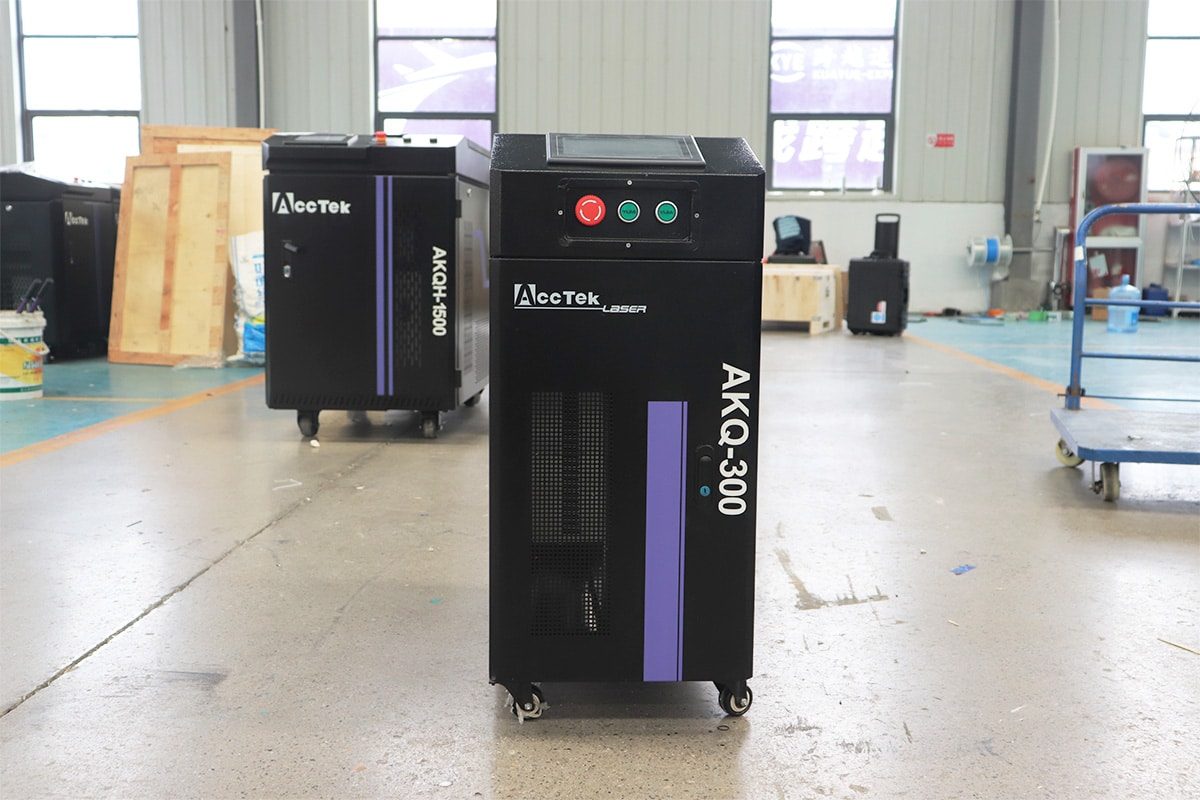
Regulations and Standards for the Use of Laser Cleaning Machines
In the use and management of laser cleaning machines, it is essential to understand the relevant regulations and standards. These regulations and standards provide a framework for companies to ensure that best practices are followed when using laser technology to achieve safe and efficient operations. First of all, regulations ensure the safety of operators and require companies to implement necessary protective measures and training to reduce the risk of accidents in the workplace. In addition, compliance with regulations helps protect the integrity of the equipment, reduce failures and downtime through regular maintenance and inspections, and extend the service life of the equipment.
Environmental protection is also an important aspect of regulations. The use of laser cleaning machines should comply with environmental quality standards to reduce pollution to the air, water, and soil. Many countries and regions have special environmental regulations requiring companies to deal with waste and emissions generated during laser cleaning to ensure compliance with environmental sustainability goals. Relevant standards also ensure product quality. The effectiveness and consistency of laser cleaning machines directly affect the quality of the final product and customer satisfaction. By following international and national standards, companies can establish a good reputation in the market and increase customer trust. Therefore, mastering the regulations and standards for the use of laser cleaning machines is not only a need for compliance but also the basis for achieving safe, environmentally friendly, and high-quality products. In the management process, companies should regard these regulations as guidance to ensure standardized operations and promote long-term sustainable development.
Table of Contents
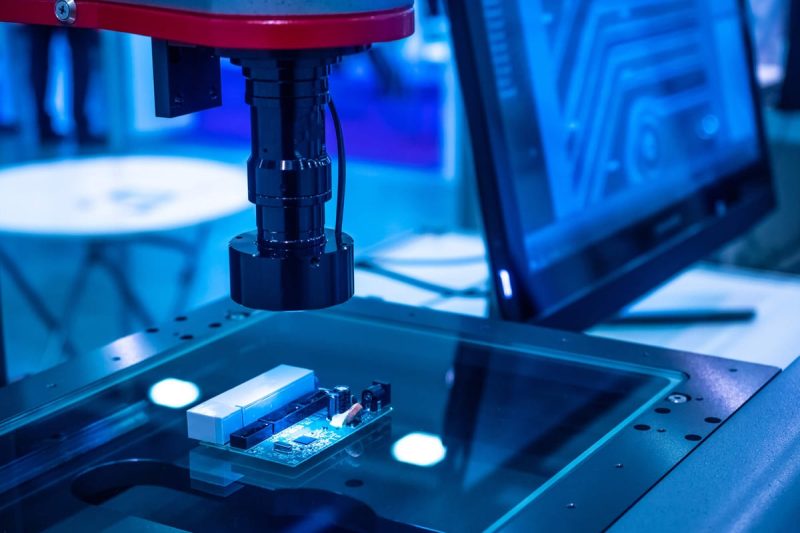
Understanding the Regulatory Environment
The regulatory environment involves multiple aspects and is the basis for ensuring the safe and efficient operation of laser cleaning machines. First, ensuring the safety of operators is the top priority. Companies must implement strict safety measures, including providing necessary personal protective equipment (PPE), conducting regular safety training, and developing emergency response procedures to reduce the risks faced by operators when using laser equipment.
Maintaining Equipment Integrity
Secondly, maintaining the integrity of the equipment is another important aspect. This means that companies need to establish a systematic maintenance and inspection process to ensure the normal operation of the laser cleaning machine and prevent any potential damage or failure. Regular maintenance can not only extend the life of the equipment, but also improve its operating efficiency and reduce the possibility of unexpected downtime.
Protecting Environmental Quality
In addition, protecting environmental quality is also an important responsibility of enterprises. The use of laser cleaning machines may generate pollutants such as waste gas, wastewater or noise, so enterprises should follow relevant environmental regulations and take measures to reduce the impact on the environment. This includes the reasonable disposal of waste generated during the cleaning process, monitoring emissions and complying with noise control standards to promote sustainable development.
Adhere to Product Quality
Finally, adhering to product quality standards is the key to protecting user interests and brand reputation. Enterprises should ensure that the performance and effect of laser cleaning machines meet international and national quality standards and ensure product consistency and reliability through strict quality control procedures. This not only improves customer satisfaction, but also enhances the brand’s market competitiveness.
In summary, understanding and managing the regulatory environment is fundamental to the successful operation of an enterprise. By ensuring the safety of operators, maintaining the integrity of equipment, protecting environmental quality and adhering to product quality standards, enterprises can not only achieve compliance, but also lay a solid foundation for their long-term development.
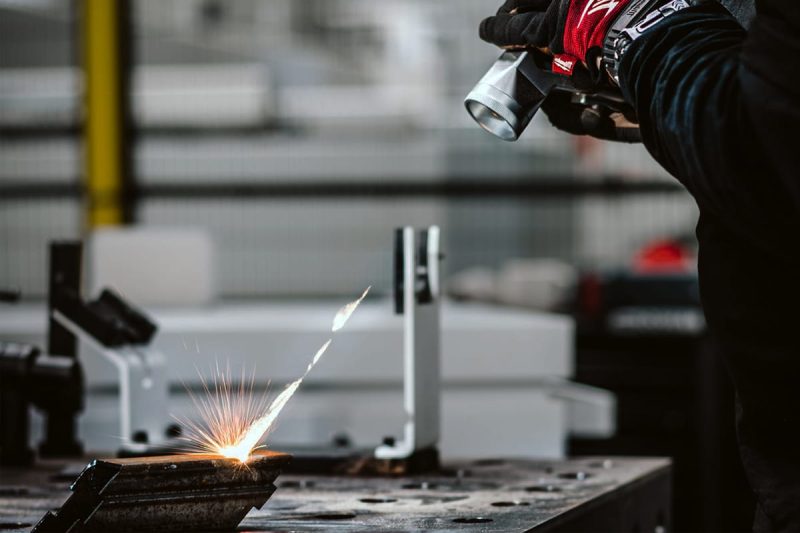
International Standards and Regulations
The International Electrotechnical Commission (IEC) and the International Organization for Standardization (ISO) have developed a number of standards to guide the safe use and management of laser equipment. These standards cover all aspects of laser technology to ensure the safety, reliability and environmental adaptability of the equipment.
IEC Standards
- IEC 60825-1: This standard defines the basic safety requirements for laser equipment, including classification, labeling and protective measures against laser radiation. It provides guidance to help manufacturers and users assess and manage the risks that laser equipment may pose, thereby ensuring the safety of operators and those around them.
- IEC 60974-10: This standard focuses on the safety requirements for laser welding equipment and covers safety measures in equipment design, operation and maintenance. By following this standard, users can ensure that the safety and reliability of the equipment are guaranteed when using laser welding technology.
- IEC 62471: This standard is used to evaluate the photobiological safety of laser devices, with a particular focus on the potential hazards of laser radiation to the human eye and skin. It provides a framework for photobiological safety assessments to help manufacturers and users identify and control possible health risks.
ISO Standards
- ISO 9001: This standard provides requirements for a quality management system designed to help organizations improve customer satisfaction and product quality. By implementing ISO 9001, laser equipment manufacturers can ensure that their products and services always meet customer needs and regulatory requirements.
- ISO 14001: This standard focuses on environmental management systems to help organizations effectively manage their environmental responsibilities. For the use of laser equipment, following ISO 14001 helps reduce environmental impact, improve resource utilization efficiency, and enhance the company’s sustainable development capabilities.
- ISO 45001: This standard provides requirements for occupational health and safety management systems, which aims to improve safety and health in the workplace. Implementing ISO 45001 can help laser equipment users identify and control safety risks in the workplace and protect the health and safety of employees.
By following these international standards, companies can not only improve the safety and reliability of laser equipment, but also enhance their market competitiveness and establish a good brand image. These standards provide an important guiding framework for the global laser industry and help promote the development and application of technology.
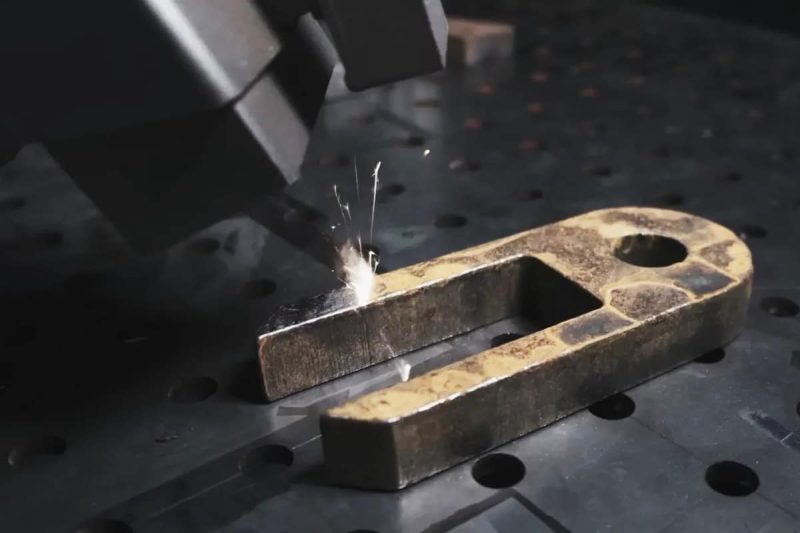
National Regulations and Guidelines
Countries have formulated corresponding regulations and guidelines for the use of laser equipment to ensure the safety of operation, compliance of equipment and environmental protection. Friends from different countries can learn about the specific regulations of their own countries. The following are some of the main regulations in the United States and the European Union:
Occupational Safety and Health Administration (OSHA)
In the United States, the Occupational Safety and Health Administration (OSHA) is responsible for developing and enforcing occupational health and safety regulations. The main regulations include:
- 29 CFR 1910.95: This standard sets limits for noise exposure to ensure that employees are not exposed to harmful noise in the work environment. For places where laser equipment is used, noise control is essential to protect the hearing health of operators.
- 29 CFR 1910.1200: This is the chemical communication standard that requires employers to provide safety information about chemicals used in the workplace, including safety data sheets (SDS). Laser cleaning machines may involve the use of chemicals, so ensuring that employees are aware of the relevant safety information is essential.
- 29 CFR 1910.133: This standard specifies requirements for the use of personal protective equipment (PPE) to ensure that employees are equipped with appropriate protective tools such as goggles, gloves, and protective clothing when using laser equipment to protect against laser radiation and other potential hazards.
EU Directives and Regulations
In the European Union, the use of laser equipment is regulated by several directives that ensure the safety of machinery and environmental protection. The main directives include:
- Machinery Directive 2006/42/EC: This directive sets out the basic safety requirements for machinery and equipment to ensure their safety and reliability during use. Manufacturers need to follow this directive and carry out appropriate risk assessments and tests to obtain the conformity mark (CE mark).
- Low Voltage Directive 2014/35/EU: This directive is designed to ensure that electrical equipment operates safely within specified voltage ranges to prevent electrical failures and safety hazards. Laser equipment typically involves high voltages, so compliance with this directive is critical.
- Electromagnetic Compatibility (EMC) Directive 2014/30/EU: This directive ensures that electrical equipment does not cause interference under normal operating conditions and is immune to interference from other equipment. The design and operation of laser equipment must comply with this standard to ensure the normal operation of the equipment and the stability of the environment.
- RoHS Directive 2011/65/EU: This directive restricts the use of certain hazardous substances in electrical and electronic equipment. Manufacturers of laser equipment must ensure that their products comply with RoHS requirements to reduce the impact on the environment and human health.
Understanding and following national regulations and guidelines is essential for the safe use of laser equipment. This not only protects the safety of operators, but also ensures the compliance of equipment, reduces legal risks, and promotes sustainable development. Enterprises should regularly review changes in relevant regulations and adjust operations and management strategies in a timely manner to maintain compliance.
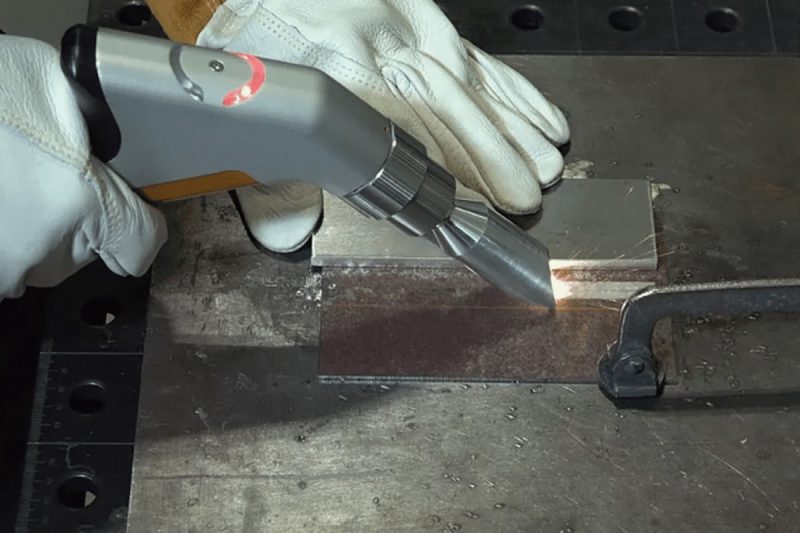
Industry-Specific Regulations
Different industries have specific standards and regulations for the use of laser equipment. These industry standards are designed to ensure safety, reliability, and quality within specific application areas. Here are some of the main industries and their related regulations:
Aerospace and Defense
- AS9100: This is a quality management system standard specifically for the aerospace industry, emphasizing requirements for quality control, process management, and risk management. This standard ensures that the design, manufacture, and maintenance of aerospace products meet strict safety and performance standards. For aerospace companies using laser equipment, following the AS9100 standard is key to ensuring product quality and safety.
- MIL-STD-810: This is an environmental testing standard developed by the U.S. Department of Defense to evaluate the performance of equipment under extreme environmental conditions. The standard includes multiple tests such as temperature, humidity, vibration and shock to ensure the reliability of equipment under harsh conditions. For laser equipment used in the military and defense fields, compliance with MIL-STD-810 requirements is the basis for ensuring that the equipment can work properly in actual applications.
Automotive
- ISO/TS 16949: This standard is a quality management system standard for the automotive industry, focusing on continuous improvement of product quality and defect prevention. It requires automobile manufacturers to implement effective quality management during the production process to ensure that the quality of each component meets industry standards.
- IATF 16949: This standard is an upgraded version of ISO/TS 16949, which further strengthens the requirements for the quality management system and emphasizes customer satisfaction and continuous improvement of the enterprise. Laser equipment manufacturers in the automotive industry need to follow this standard to ensure that their products meet high quality and safety requirements.
Cultural Heritage Protection
- ASTM E 2392: This standard covers the requirements for the protection and restoration of cultural relics, and provides guidance on how to use modern technologies (including lasers) to clean, restore and protect cultural relics. Laser cleaning technology is gaining more and more attention in the protection of cultural heritage, but when using it, the provisions of ASTM E 2392 must be followed to ensure the safe and effective treatment of cultural relics.
Industry-specific regulations and standards are critical to the use of laser equipment. Complying with these industry-specific regulations not only improves product quality and safety, but also helps companies gain a competitive advantage in the market. Companies in various industries should regularly review relevant standards to ensure that their operations and products meet the latest regulatory requirements in order to maintain compliance and promote sustainable development.
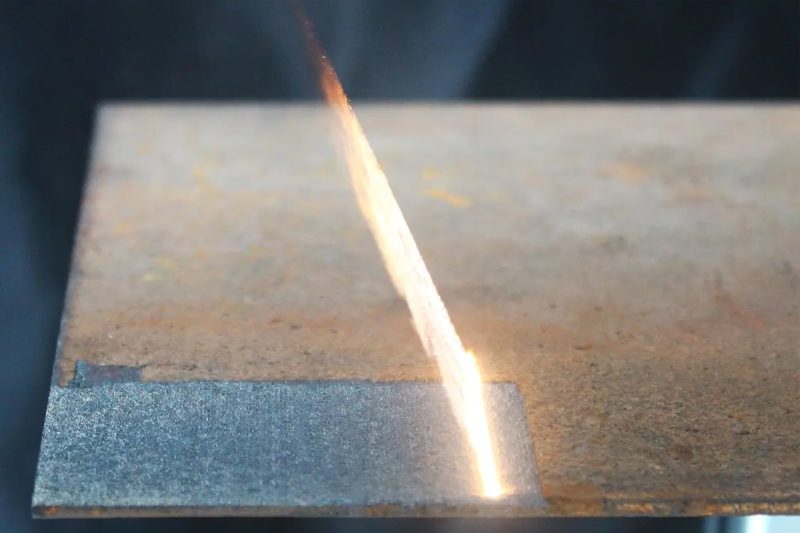
Regulatory Compliance Best Practices
Ensuring compliance of laser equipment is key to protecting employee safety, maintaining equipment integrity, and complying with laws and regulations. Here are some best practices to help companies effectively manage compliance:
Conduct a Risk Assessment
Risk assessment is the basis of compliance management, which aims to identify potential risks and develop countermeasures. Enterprises should conduct comprehensive risk assessments regularly to analyze various risk factors in the use of laser equipment, including:
- Operational risks: Assess the risks that operators may face when using laser equipment, such as laser radiation, thermal damage, and chemical exposure.
- Equipment failure: Analyze the safety hazards and production interruptions that may result from equipment failure.
- Environmental impact: Assess the potential impact on the environment during laser cleaning and welding, including exhaust gas and noise.
Based on the assessment results, companies should formulate corresponding response measures to reduce risks and ensure safety.
Implementing Security Protocols
Implementing safety protocols is an effective measure to ensure operational safety, including the following:
- Personal protective equipment (PPE) requirements: Provide operators with appropriate PPE, such as goggles, gloves, protective clothing, etc., to ensure that they are effectively protected when using laser equipment.
- Laser safety training and certification: Provide laser safety training to all operators to ensure that they understand the operating specifications, safety precautions and emergency procedures of laser equipment. Regular refresher training and certification are carried out to maintain the safety awareness and skill level of operators.
- Emergency Response Procedures: Develop detailed emergency response procedures to deal with possible accidents or emergencies. This includes clear responsibilities, emergency contact information, incident reporting procedures, and emergency evacuation plans.
Maintenance Documentation
Document maintenance is an important part of compliance management. Enterprises should:
- Record operation and maintenance: Establish complete operation and maintenance records, including information on equipment use, maintenance, failures, and repairs. This helps track equipment status, ensures information transparency, and provides a basis for compliance audits.
- Update documents regularly: Ensure that all documents are updated in a timely manner to reflect the latest operating procedures, training records, and safety protocols.
Regular Audits and Inspections
Regular audits and inspections are an effective way to ensure that equipment and operations meet standards. Companies should:
- Internal Audit: Conduct internal audits regularly to evaluate the effectiveness of the compliance management system, identify potential problems and take corrective measures in a timely manner.
- Equipment Inspection: Perform regular inspections and maintenance of laser equipment to ensure that its safety and performance meet industry standards and regulatory requirements.
Stay Informed
It is important to keep abreast of changes in relevant regulations and industry standards. Companies should:
- Regular training and learning: Organize regular training to update employees’ knowledge and understanding of relevant regulations.
- Establish information channels: Pay attention to the latest information released by industry associations, regulatory agencies and professional organizations, and adjust compliance measures in a timely manner to ensure that the company always remains in compliance.
By implementing these best practices, companies can effectively manage the compliance of laser equipment, reduce risks, ensure the safety of operators, and maintain a good public image. Compliance management is not only a legal requirement, but also the foundation for sustainable development of enterprises.

Summarize
Managing the use of laser cleaning machines is not only a legal compliance requirement, but also the basis for ensuring safety, environmental protection and product quality. With the widespread application of laser technology, relevant regulations and standards are becoming more and more complete. Enterprises must have a deep understanding of these requirements to avoid potential risks. Complying with international standards (such as IEC and ISO standards) can ensure the safety and reliability of equipment, provide clear guidance for the design, use and maintenance of laser equipment, and help companies establish a good reputation in the global market. At the same time, national regulations (such as OSHA and EU directives) provide compliance frameworks for specific regions to help companies protect employee safety and health and reduce environmental impact.
In addition, industry-specific regulations (such as standards for aerospace, automotive manufacturing, and cultural heritage protection) require companies to develop corresponding operating specifications to ensure compliance and excellent performance in professional fields. By implementing best practices such as risk assessment, safety protocols, document maintenance, regular audits, and regulatory tracking, companies can effectively manage the use of laser cleaning machines, improve workplace safety, and promote employee safety awareness and professional skills. In summary, by fully understanding and complying with relevant regulations and standards, combined with best practices, companies can reduce risks, improve product quality, and achieve long-term success and sustainable development. This is not only a compliance requirement, but also an important guarantee for the future development of the company.
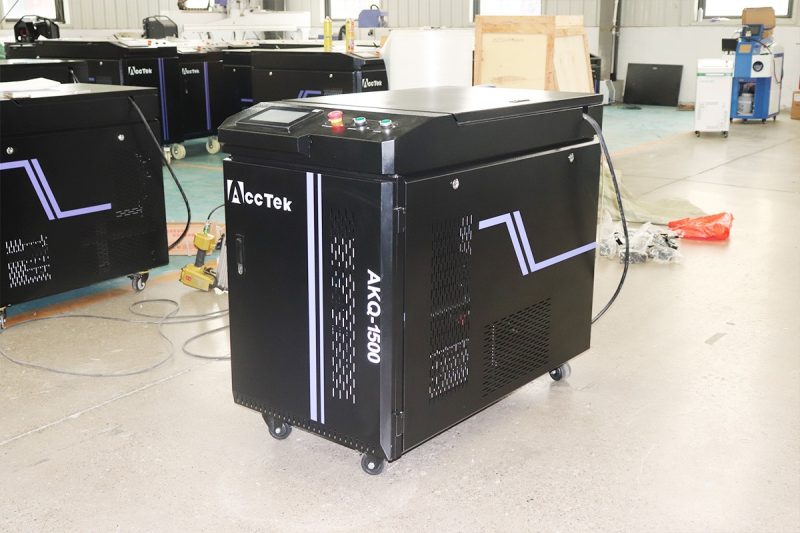
Get Laser Solutions
Choosing the right laser cleaning machine can help optimize power consumption and achieve high operational efficiency. Working with a trusted supplier ensures access to advanced technology, tailored advice and ongoing support. At AccTek Laser, we offer a comprehensive range of laser cleaning equipment designed to meet a variety of industrial needs. Our experts can help you choose the most energy-efficient model and configuration, taking into account factors such as material type and production volume. In addition, our team provides scheduled maintenance services and 24-hour technical support to keep your equipment at peak efficiency. By partnering with AccTek Laser, you can achieve significant energy savings, reduce operating costs and enhance your sustainability efforts. Contact us today to learn more about our innovative laser solutions and how they can benefit your business.
Contact information
- [email protected]
- [email protected]
- +86-19963414011
- No. 3 Zone A, Lunzhen Industrial Zone,Yucheng City , Shandong Province.
Get Laser Solutions
